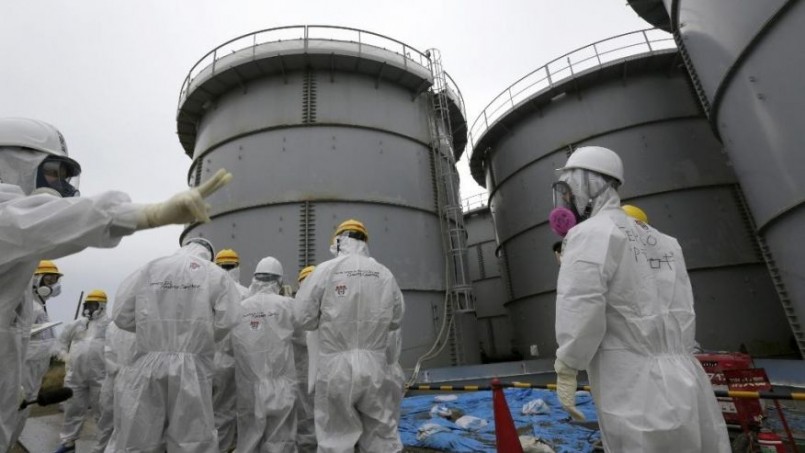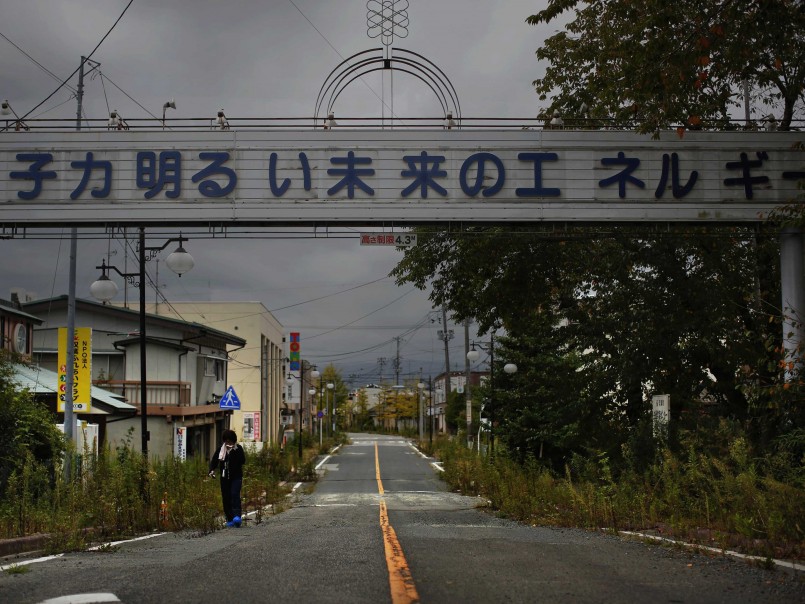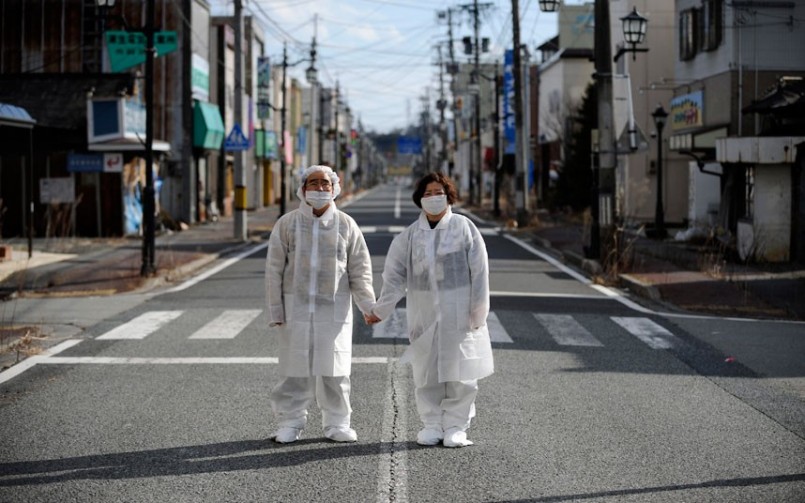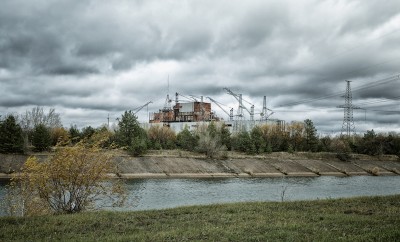Environment
Fukushima: Five Years Later
Japan has a cumulative area of 145,925 square miles. It is 62nd out of 196 countries around the world in terms of size. It represents less than .026% of the total land area of all the countries on Earth added up together.
Knowing all of this, it is mind-boggling to think about the fact that 3 out of the 4 most destructive nuclear events in all of human history have happened on this relatively small chain of islands in the Pacific Ocean. Hiroshima, Nagasaki and, now, Fukushima—all names that would have been nearly meaningless to the western world (in the best possible way) if not for the discovery of nature’s most destructive force, nuclear energy, by nature’s most destructive species, the human race.
It’s been 5 years since the disaster at Fukushima and progress has been made for the better. But did we learn everything we could from this catastrophe? Is there anything we can do better to make sure that nothing like this will ever happen again?
Before you can come up with a solution, you have to understand the problem and sadly, many still don’t know much about the event other than the word “Fukushima.”

Photo: www.foxnews.com – Fukushima
A Quick Summary Of What Happened At Fukushima
On March 11, 2011, an earthquake off the coast of Japan, registered as a 9.0 on the Richter scale, triggered a massive tsunami that eventually reached the nuclear power plant at Fukushima. After hammering the sides of the facility with waves as tall as 43 feet, the largest wave breached the plant’s seawall and flooded the area that held the power generators and emergency equipment. Luckily, before the wave had hit, the first three reactors were completely shut down and the danger of those particular systems failing was relatively controlled.
Unfortunately the day after the wave hit the facility, these emergency generators began to fail and the fuel rods in each reactor began to heat up to dangerously high temperatures. With workers frantically trying to contain the disaster, matters became worse when high concentrations of hydrogen produced from the reactors began to interact with the surrounding sea air and explode.
Facing dangers of radiation exposure and further meltdowns, nearly 300,000 people living in, and surrounding, Fukushima were evacuated. Although no worker or civilian died as a direct result of the plant failure, more than 3,200 civilians were killed by the tsunami or died as a result of the evacuation conditions.

Photo: www.businessinsider.com
What Is Fukushima Like Today And What Are The Long-Term Effects?
Five years later, many of the towns surrounding the plant look very much like they did the day of the tsunami. In fact, if you just looked at pictures like the one above, you might think that everything was fine. But these towns remain ghost towns, haunting reminders of just how dangerous radiation can be.
With high levels of radiation still being measured, the cities remain empty and the threat is still very real. Officials have estimated that anywhere from 8,ooo-10,000 people could eventually die as a result of radiation poisoning and various cancers brought on by the plant’s meltdown. In one study, as many as 36% of the children who were in the area at the time now suffer from small tumors in their thyroid glands and many believe that the incident has lead to an increase in levels of harmful stress and anxiety for adults and children alike.
The dangers are not just limited to those who lived close to the plant. With radiation seeping into the ocean and air to this day, the long-term effects could one day be observed in people living far away from the original disaster.
What Have We Learned From Fukushima?
With nuclear meltdowns like Fukushima and Chernobyl being extremely rare, nuclear power is still seen as a viable option for energy production in many parts of the world. But because of the unknown long-term damage done by these reactor failures, many of the most nuclear-friendly countries, like Japan and the U.S., have come together to make sure that existing nuclear plants are better prepared for catastrophic events. Also, newer, safer, and more technologically advanced plants are being constructed that will one day replace older plants like Fukushima.
The world has learned from Fukushima in the same way that it has learned from most freak accidents—regardless of how safe new plants are or how much money is spent, a catastrophic failure should always be planned for. The stakes are just too high to not consider it a possibility. In our efforts to produce clean energy, we must not forget that when dealing with nuclear energy, we have the power to greatly improve our world for generations to come or destroy it beyond repair.






0 comments